This post contains affiliate links. As an Amazon Associate, I earn from qualifying purchases, but your price is not affected.
If you’re ready to start learning to sew, you’ll want to gather supplies for sewing. So before you take your first course or have your introductory tutorial, make a list of the things you’ll need most. Of course, there are so many other supplies for sewing that you can get along the way, but these are the most helpful items as you’re starting out.
Sewing Machine
I won’t lie; a sewing machine is the most expensive investment in your sewing adventure. There are a lot to choose from, and it can be a big choice to make. However, you can’t sew everything by hand, so a machine is a must-have to keep your sewing projects manageable and moving quickly. If you’re looking for a beginner’s sewing machine, know that you don’t need to invest in a super fancy, expensive model. It should be affordable and simple, but definitely be sure it’s high quality. As you become more experienced with your machine and learn how the parts of your sewing machine work, you may want to then upgrade to a better model.
Seam Ripper
As much as we always want our sewing to be perfect, mistakes are bound to happen along the way! Since we can’t entirely avoid stitching errors, it’s vital to learn how to fix them.
Thankfully, a seam ripper can help you swiftly undo those inevitable mistakes. This ingenious looks pretty deadly, but it’s invaluable in picking your unwanted stitches apart. Seam rippers are one of your cheapest supplies for sewing, and make your life oh-so-easy.
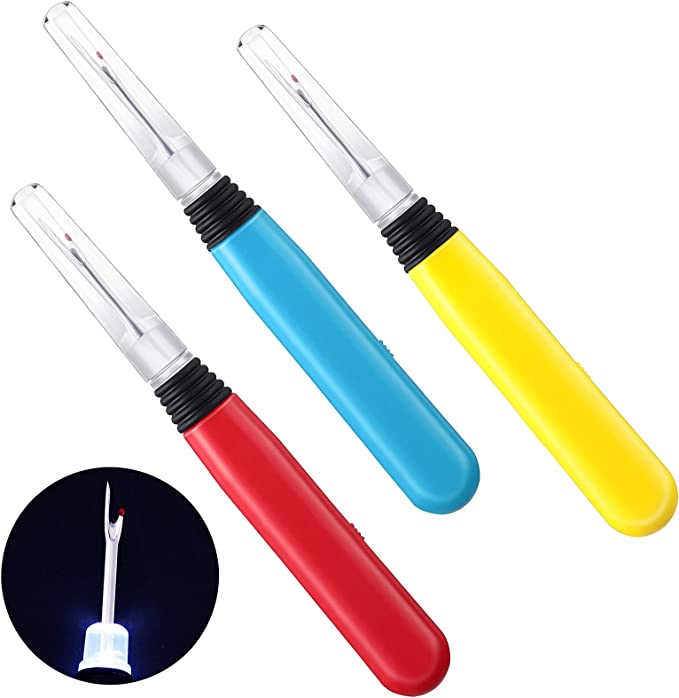
Fabric Scissors
Another worthy investment is a pair of excellent fabric scissors. This sewing supply is designed to be used only for fabric. They’re very sharp, designed to easily glide through fabric, but watch out! They’ll quickly dull if you use them on anything else, even paper. One of the most common sewing mistakes is allowing your fabric shears to be used for other purposes, so hide them from your family!
While you’re purchasing fabric scissors, consider picking up a pair of pinking shears. These scissors have little teeth along their blades, which are helpful in limiting frayed edges on your fabric.
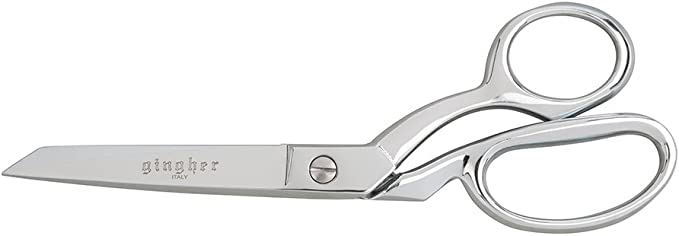
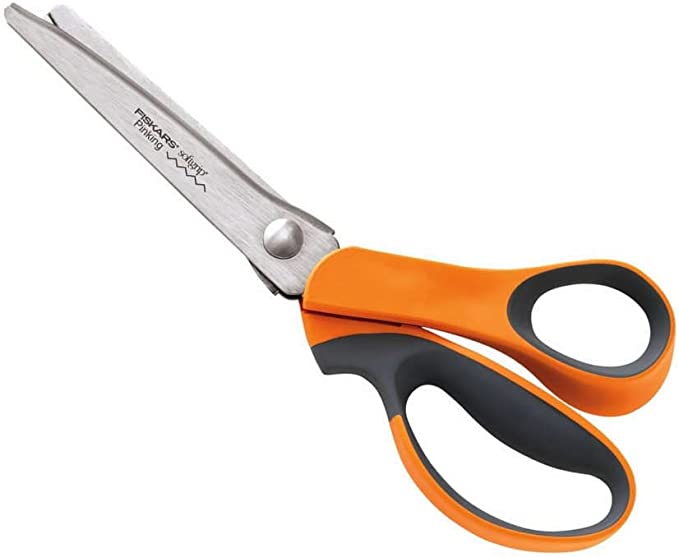
Embroidery Scissors
Your fabric scissors are big and beautiful, aren’t they? Sometimes they’re just too big. (And besides, they are reserved for only fabric!)
However, a small pair of nimble embroidery scissors can make your life much easier. Just grab a pair when you need to snip threads or fabric corners. These are helpful when you need to maneuver into small areas that your large scissors might struggle with.
They’re so dainty and cute!
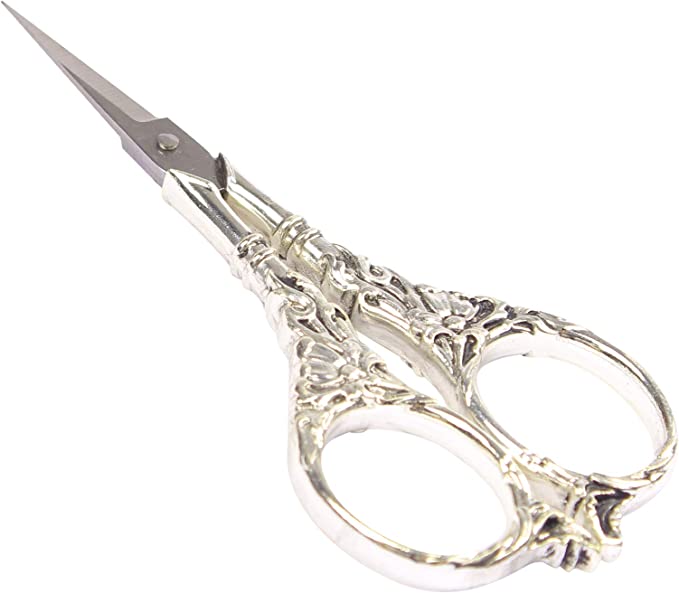
Measuring Tape
Depending on your pattern, you’ll need to take measurements of either yourself or the person you’re sewing for. You need to be able to take accurate measurements, so you’ll need to have a good measuring tape among your supplies for sewing.
This little friend should always be close at hand. You wouldn’t want all your hard work to be for nothing if the garment doesn’t fit! Now, if only you had an extra pair of hands to help you hold the measuring tape…

Pins
Sure, the chance of poking your fingers is greater when you have a bunch of straight pins laying around, but these are required supplies for sewing!
Prevent your fabric pieces from sliding around as you sew them together, which would skew your end results. Holding your separate pieces together with a few straight pins saves you a lot of hassle. Large, colorful heads make them much easier to find when you drop any (and you will).
Just remember to remove them before you run them under your sewing machine needle; they could break your needle.
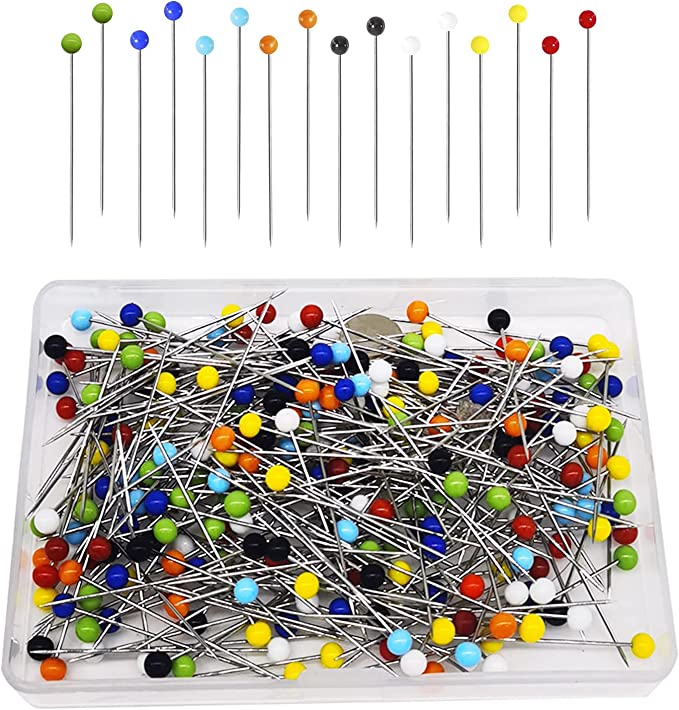
Hand Sewing Needles
Some projects will require you to sew by hand either the entire item or just part of it. For example, some holes are easier to repair by hand. Either way, you’ll need hand-sewing needles. It’s good to be prepared for any sewing scenario!
While you’re at it, grab yourself a needle threader. Why drive yourself crazy trying to get your thread through that tiny hole? Just make your life easier where you can.
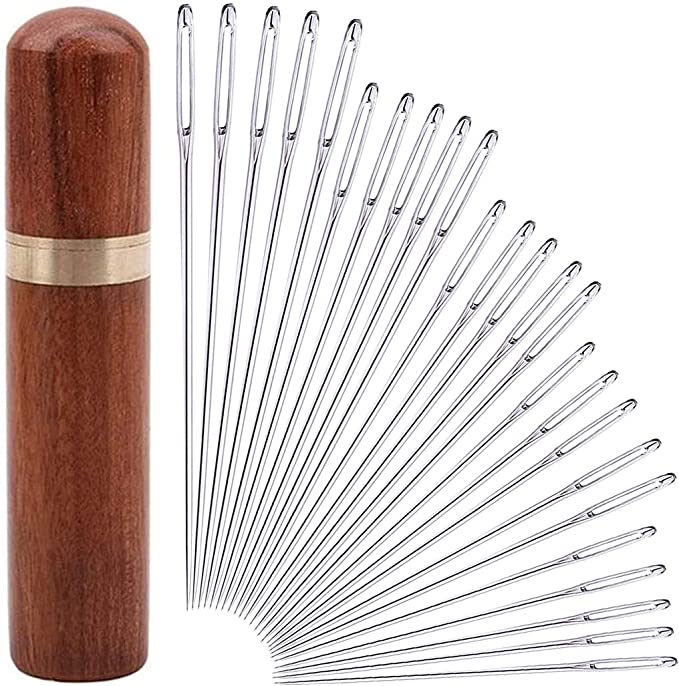
Sewing Machine Needles
You’ll need backup needles for your sewing machine in case one breaks. Sadly, it can happen, and you wouldn’t want to put a project on hold just because you are down a needle. Always keep a backup supply on hand. 80/12 needles are the most commonly used, so be sure to have a few of those.
Did you know that not all sewing machine needles are the same? True story! Some are more heavy-duty than others. For example, denim is a very thick material, so you’ll need a more durable needle to pierce the fabric. On the other hand, lightweight cotton doesn’t need something quite as thick.
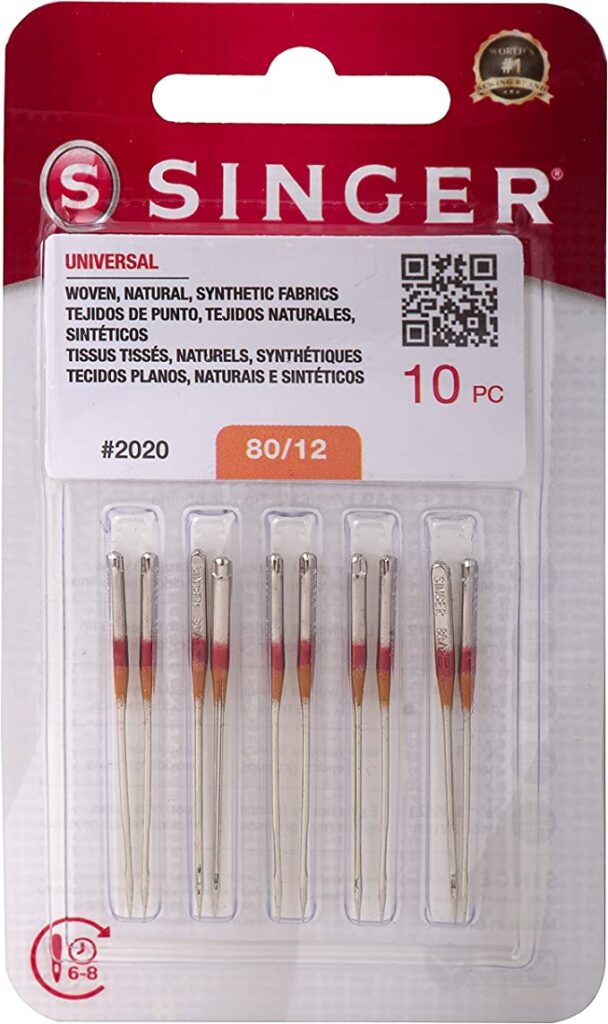
Pin Cushion or Magnet
Your straight pins are likely to scatter everywhere unless you can keep them organized. Even if they come in a cute plastic container, that’s not an effective way to keep them. Besides, you’ll get poked every time you try to fish one out!
Instead, organize your pins in a handy pincushion or in a magnetic container. This way, you can easily transport your pins if you don’t have a dedicated sewing space.
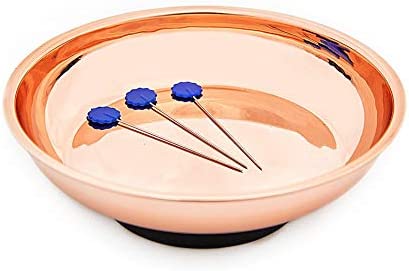
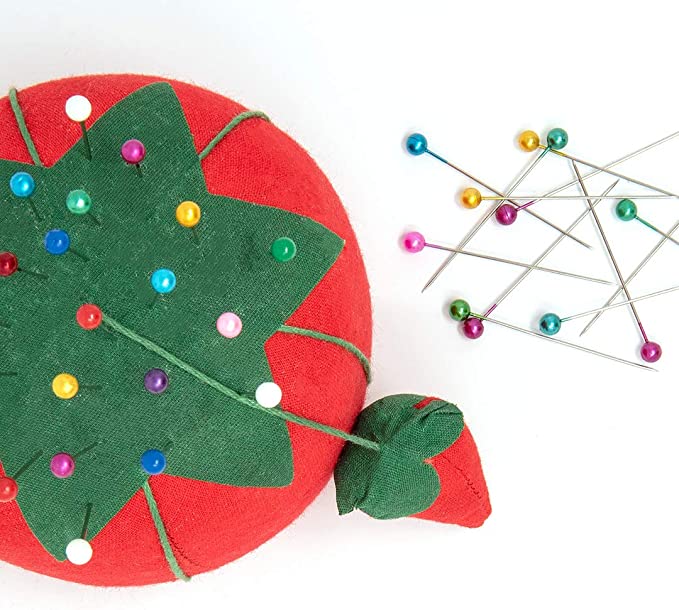
Iron
Want to know the secret for instantly making your sewing project look more professional? Pressed seams!
An iron on a list of essential supplies for sewing? You bet! Not only do pressed seams look much nicer, but they also make your garment easier to work with. The best part is that you don’t even need a specialized iron — your standard household iron will do! However, bonus points if your iron has a steam feature.

Ironing Board
You’ll need a sturdy, safe surface to iron those seams out! Depending on how much space you have, you could get a small tabletop ironing board for quick hits here and there or a full-sized ironing board. If you’re lucky enough to have a dedicated sewing room, it’s handy to invest in a full-size, adjustable-height ironing board that you can also use for spreading out your work surface.
A board with a perforated surface is ideal to give your steaming function some room to work.
Bobbins
Most sewing machines come with a couple of bobbins, which is extremely helpful. That way you can easily change up your thread color.
However, if your new sewing machine didn’t provide you with a few extra bobbins, grab a couple to keep on hand. Sizes vary, so be sure to consult your machine’s manual to check the right size.
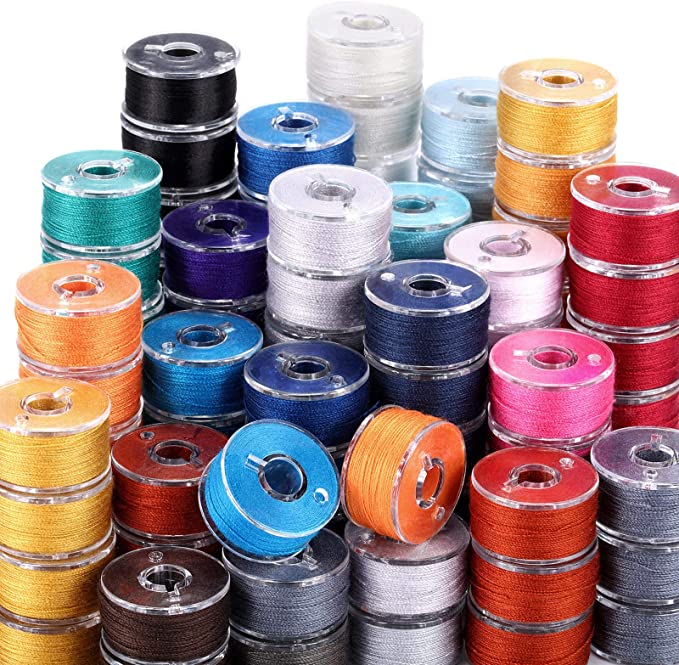
Fabric Pencil or Chalk
There will be times when it will be helpful to mark up your fabric, to indicate where to sew a hem or a dart, or to show you where you need to cut. However, of course, you don’t want to risk making a permanent mark on your material!
Thankfully there are tons of temporary options that will do the job for you and then disappear. Look for tailor’s chalk, fabric pencils, or a water-soluble pen.
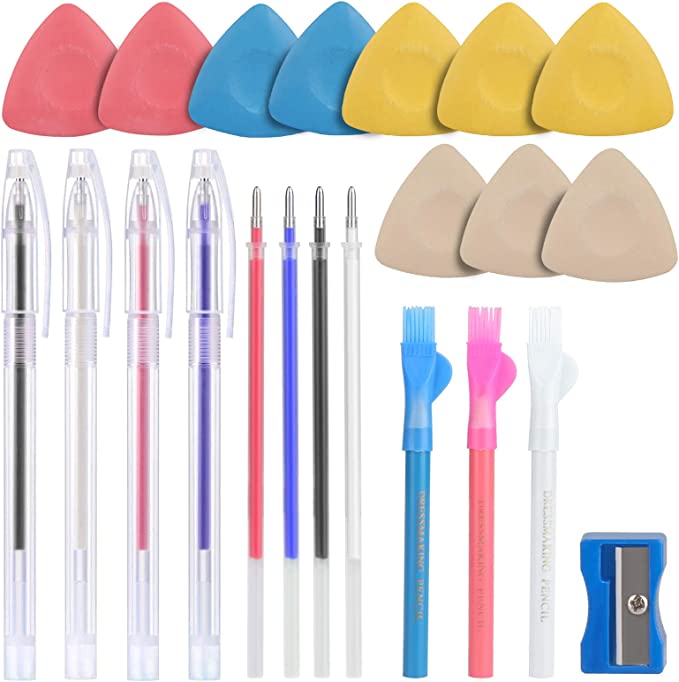
Rotary Cutter
Ok, put this near the bottom of your “must” list of supplies for sewing as you are just starting out. It may not be an item that you can’t survive without, but once you have one you’ll wonder how you ever did.
A rotary cutter is such a handy tool to help you cut your fabric more quickly and accurately. It can cut through multiple layers of fabric at once and can take curves swiftly and precisely. There are different sizes, smaller blades work best for small curves and circles, while large ones are ideal for cutting straight lines quickly.

Cutting Mat
When you work with a rotary cutter, you need to be cautious that you don’t cut up your table or other surfaces you’re working on. That’s why you should always use a self-healing cutting mat with a rotary cutter. You’ll be glad to save your good surfaces. They also prevent your blade from becoming dull.
And you don’t need to worry if space is an issue; cutting mats come in all sizes, so you can choose which size would work best for your sewing area. However, they do need to be stored flat and with nothing on top of them. It may be tempting to get the cheapest mat possible, but these are well worth making sure you get a quality product.

Thread and Fabric
As you start out learning how to sew, it’s a great idea to have plenty of fabric scraps and thread on hand. You should practice stitches and maneuvers when you can and work on small, simple projects. Get a few basic thread colors, so you’ll always have something that will work with your material. As you become more advanced, you’ll want to invest in a wide array of thread colors, so you’ll always have an exact match for your fabric. And the fabric is easy to get your hands on; most fabric shops sell scraps of cute fabric for small practice projects!
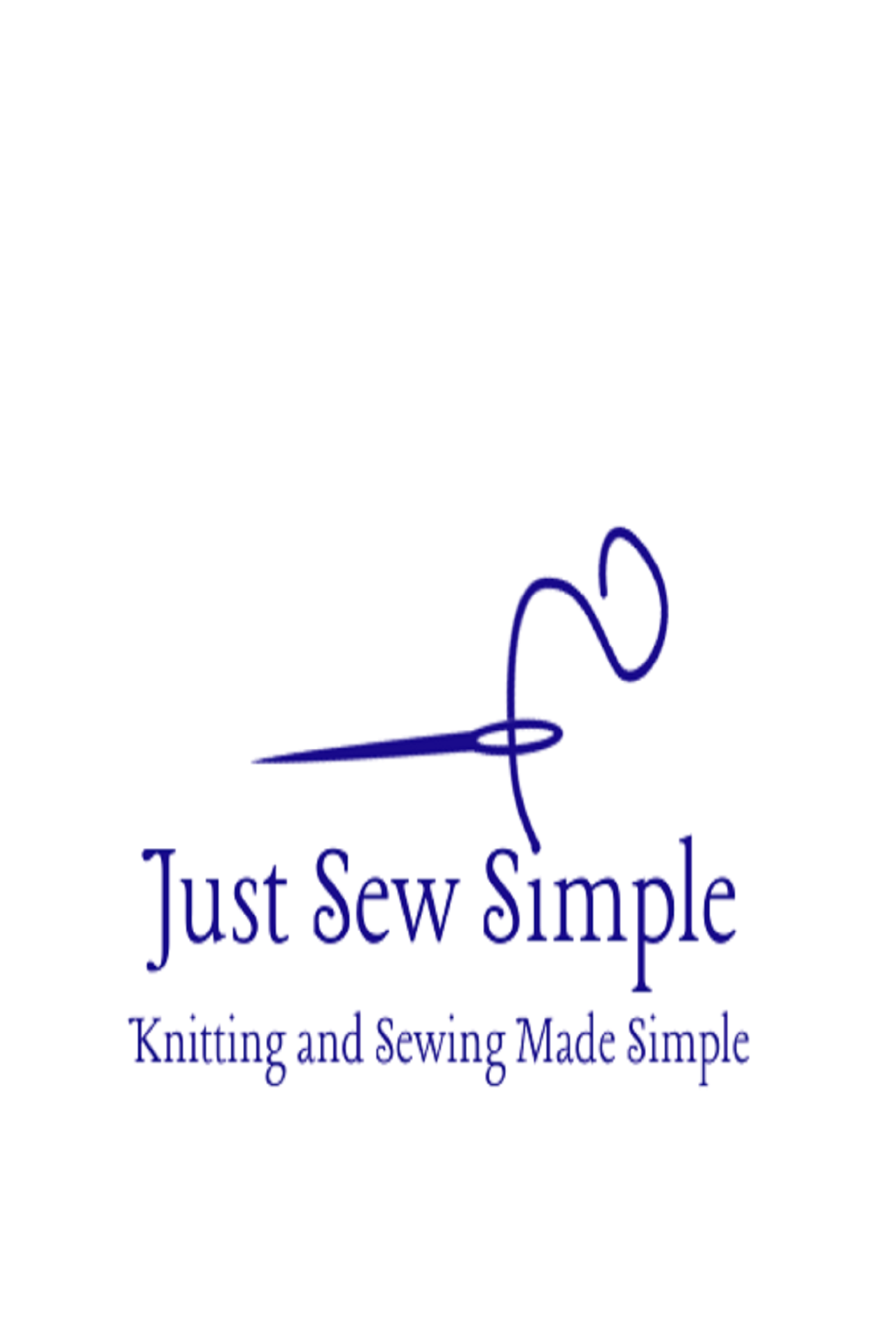
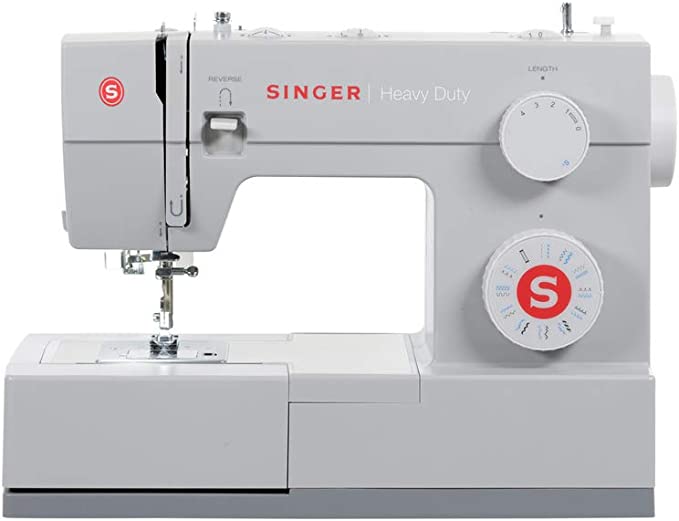
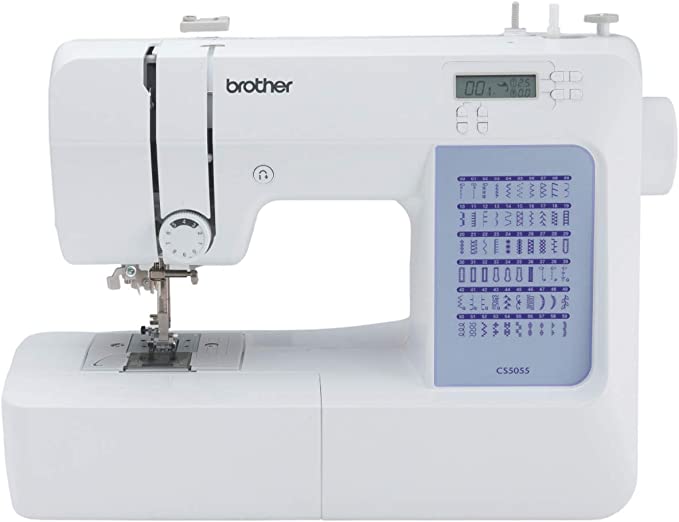
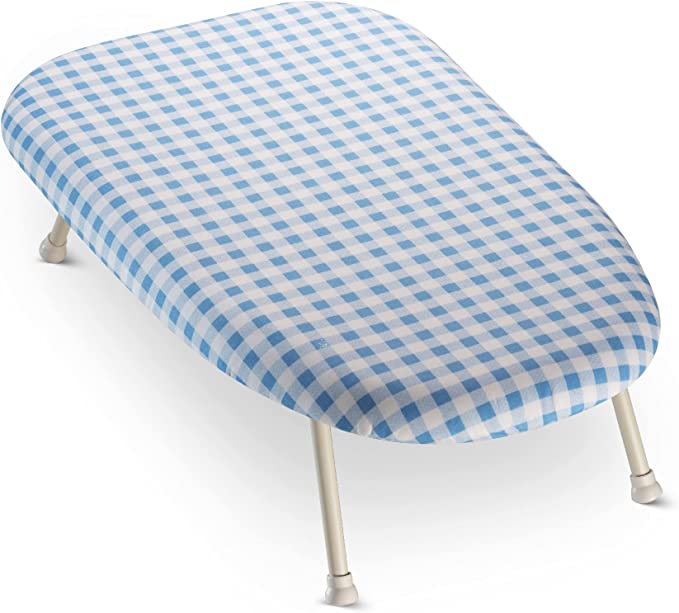
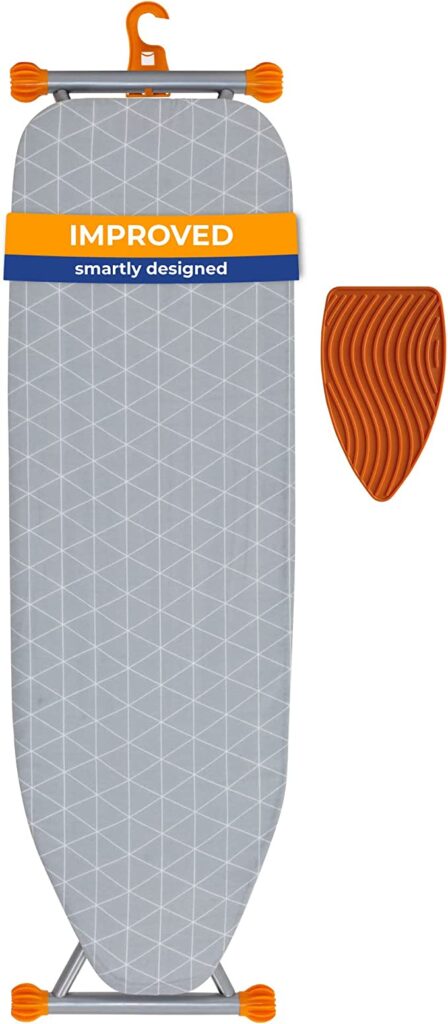
Trackbacks/Pingbacks